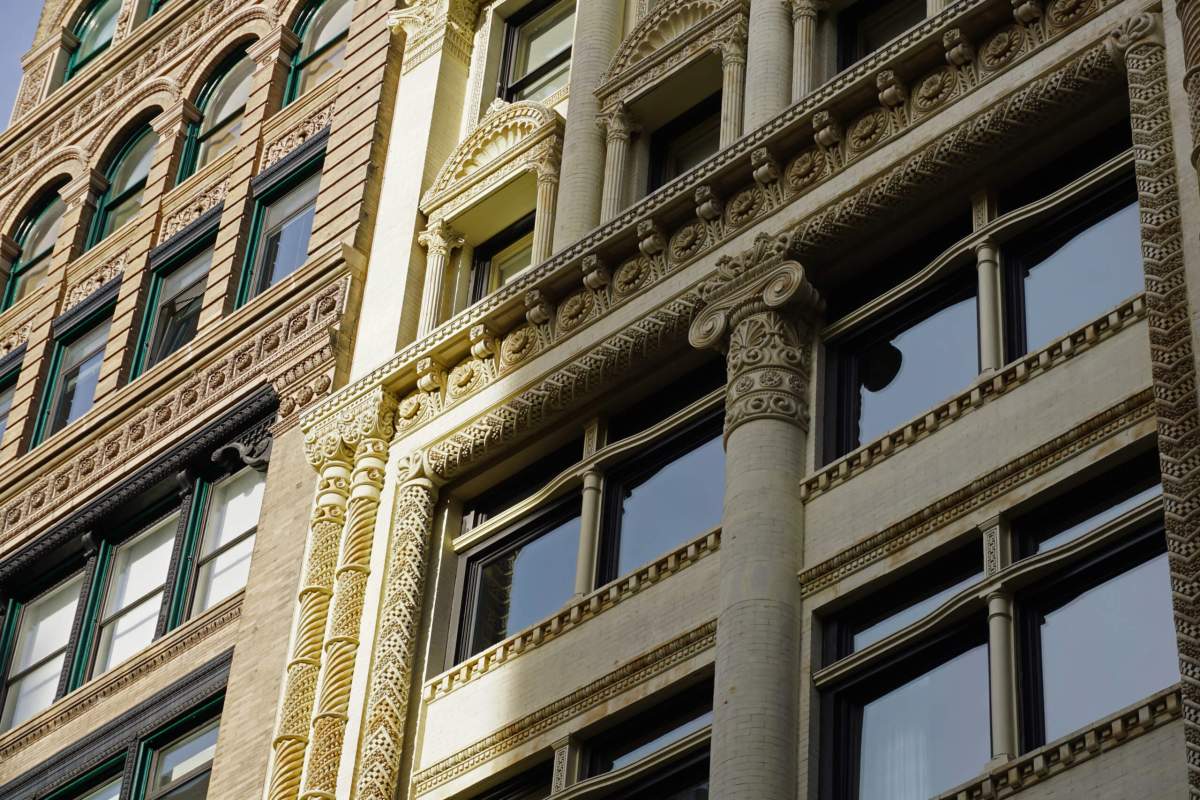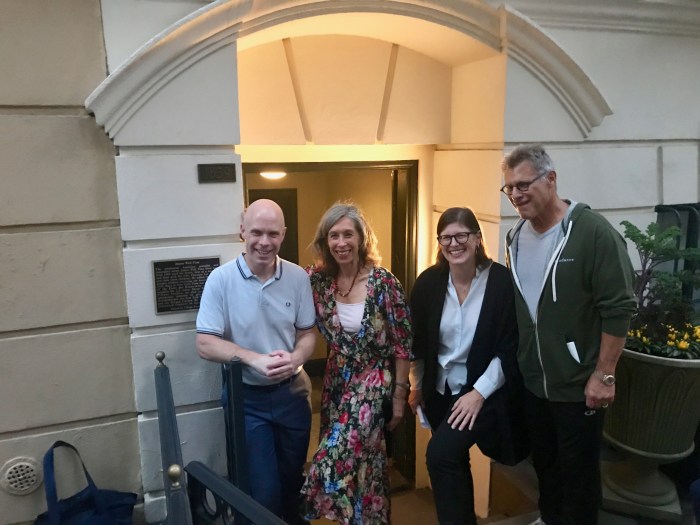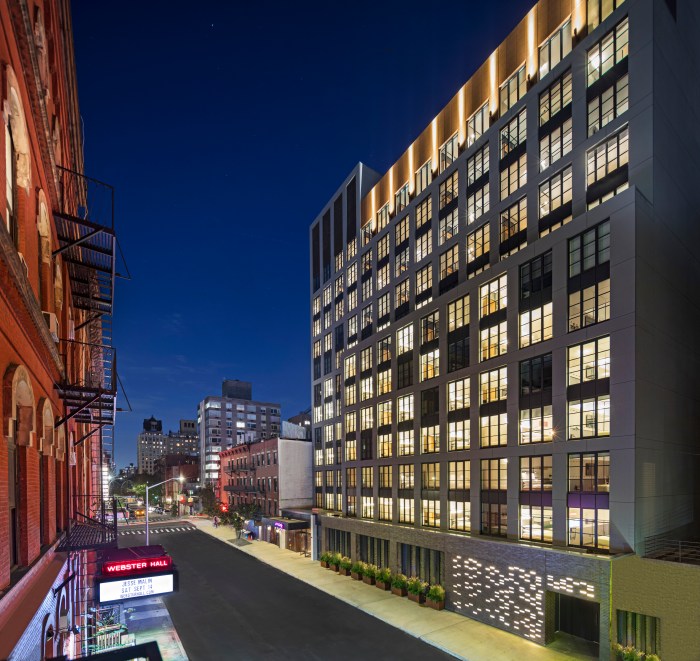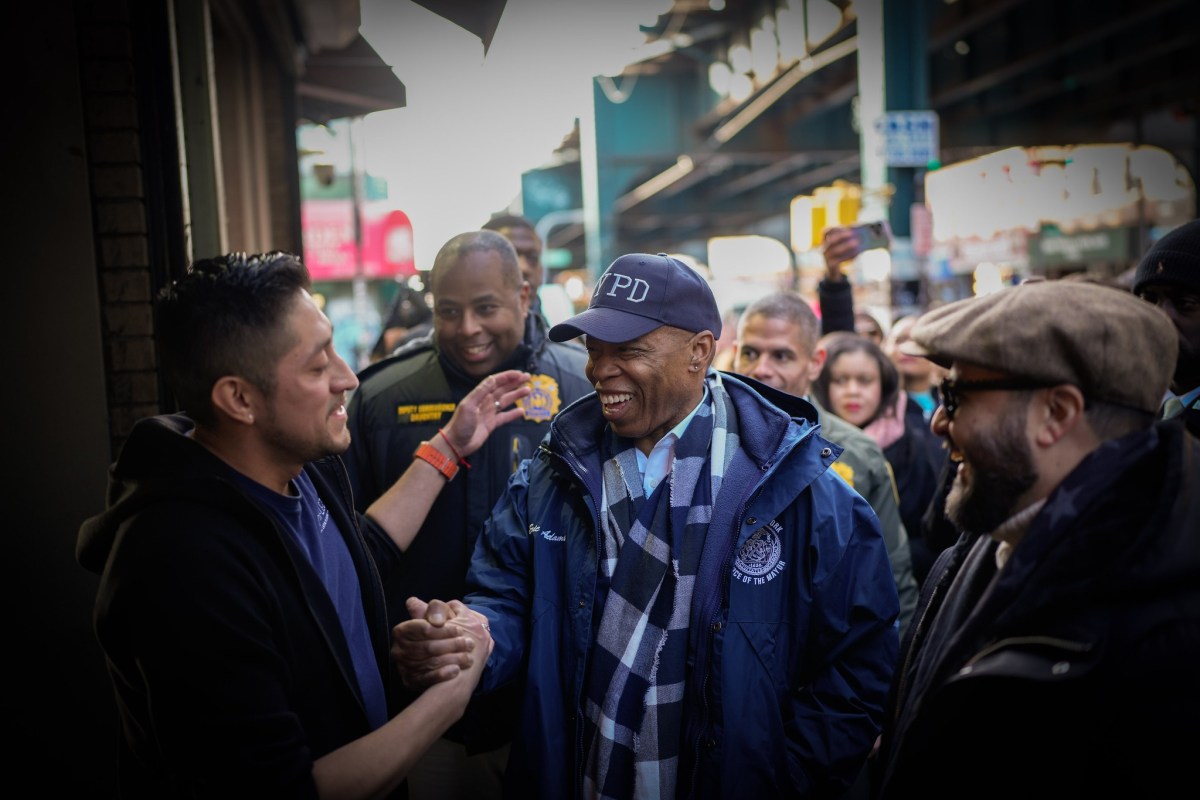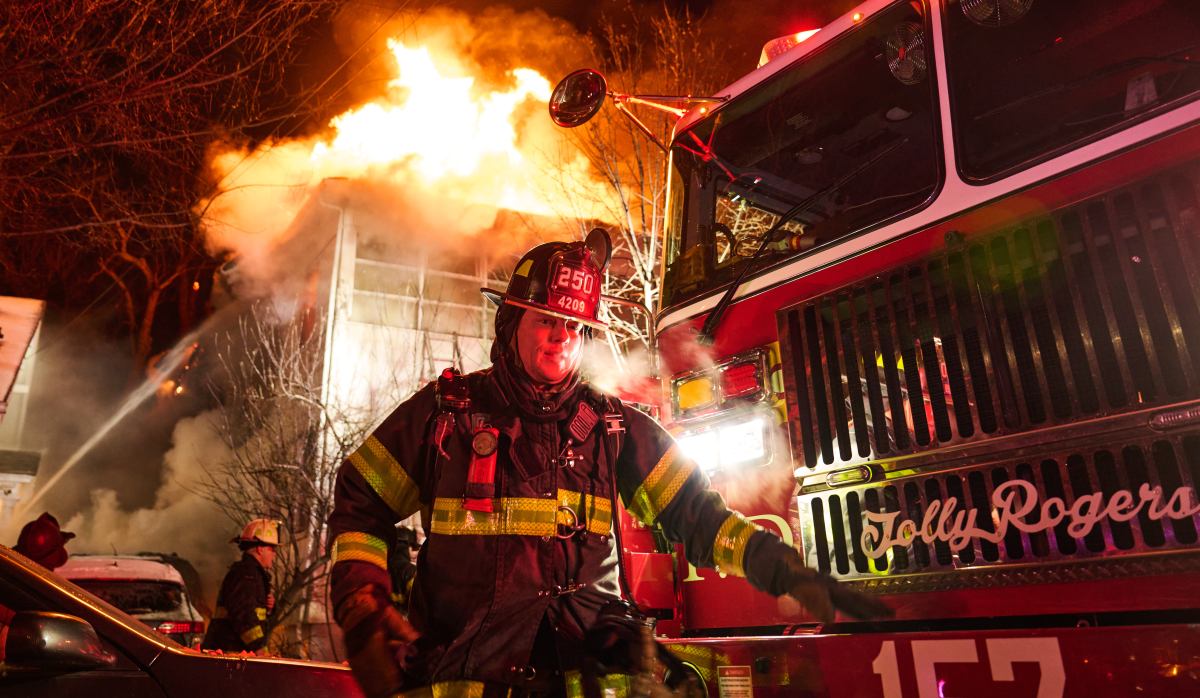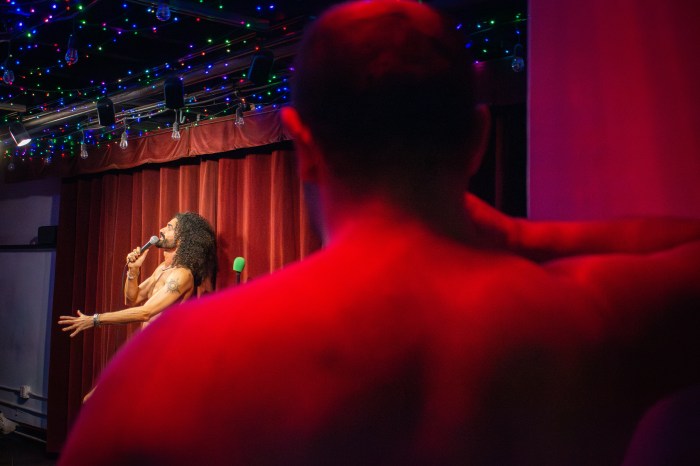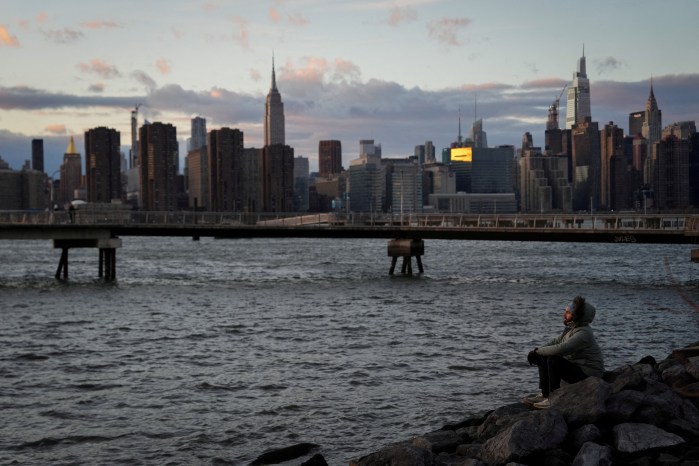A statewide preservation group recently gave a boost to a historical preservation campaign to combine about 200 buildings south of Union Square into one landmarked district.
For the coming year, the Preservation League of New York included the proposed South of Union Square Historic District, which is bounded by East 14th Street on the north, the University Place and Fifth Avenue corridors on the west, Fourth Avenue on the east and East 9th Street on the south, on its Seven to Save list.
The Greenwich Village Society for Historic Preservation first proposed the historical district in 2018 as a means of preserving the neighborhood’s history as a hub of civil rights movements and literary, artistic and music life.
“This neighborhood, long a crossroads, contains a civil rights and artistic history stretching back well over a century, in buildings designed by some of the greatest architects of the 19th and 20th centuries,” said Village Preservation’s Executive Director Andrew Berman in a statement.
Village Preservation has made the case that the cultural and architectural history of the area is at risk of being wiped out through new development and demolition, which would take away from the area’s architectural integrity.
Over the years, the organization has gotten the City Landmarks Preservation Commission gradually to designate about a dozen individual buildings, but the city agency has pushed back over the district-wide campaign.
“We’ve made some nibbles, some progress, but we’ve still got a long way to go,” Berman said.
According to Village Preservation, the commission has cited the architectural and cultural variety of the area as a reason why the neighborhood shouldn’t be landmarked, but it has not yet taken a vote on the proposal.
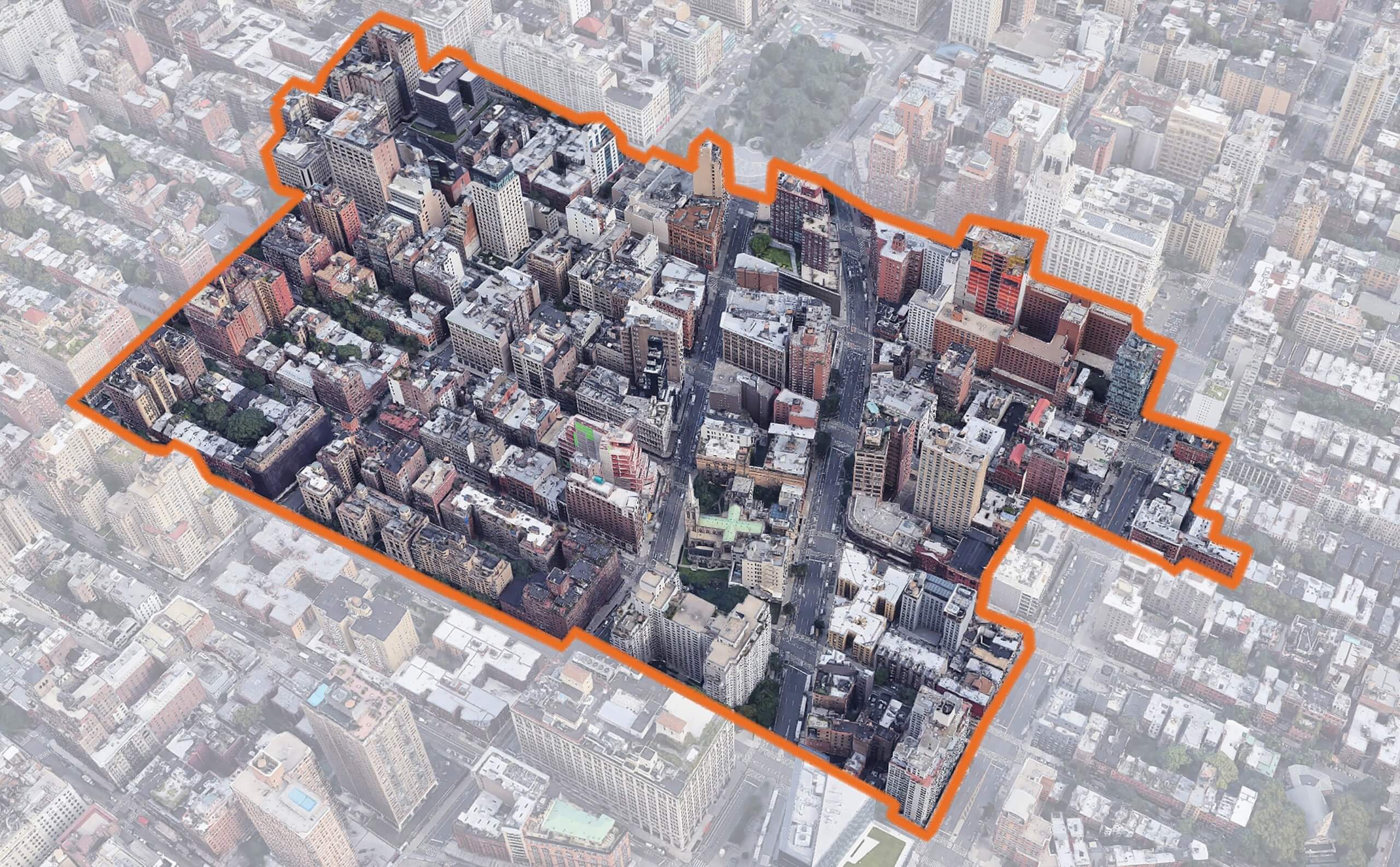
Meanwhile, Village Preservation has been gradually building the documentation and research about the area’s history — much of it available on the organization’s website — to make its case.
The proposal incorporates history ranging from the pre-Civil War period to the early 20th century when loft buildings began to spring up as well as the more recent past.
The organization has highlighted some small, yet notable homes like that of Dutch-American painter Willem de Kooning, the abstract expressionist painter who lived at 88 East 10th Street in the 1950s. Going further back in history, the Village has noted that a townhouse at 59 Fifth Avenue was originally owned by prominent businessman and philanthropist Jonathan Sturges, one of the founders of the Union League Club, a pro-Union, anti-slavery club established to fight for abolition when the issue still faced significant opposition in New York.
Village Preservation has also made the case for the landmarking of large buildings like the 12-story Beaux Arts-style structure at 70 Fifth Avenue, which served as the headquarters of the NAACP and The Crisis magazine, a publication funded and edited by W.E.B. DuBois, from 1914 until the mid-1920s.
During the late 20th century much of the historical architecture in the district was reused for new purposes, but the preservation group said that more recent new development has tended to pursue more extensive changes or demolition.
Berman cited the demolition of St. Denis Hotel, a renowned 19th century property that was demolished to make room for a new hub in 2019, among several other buildings that have been replaced in recent years.
Berman said that he hoped the new designation would help spur the new Mayoral administration to act on the group’s proposal.
“Alleviating threats and in some cases outright saving these seven sites from demolition will make for challenging approaches,” said Preservation League Seven to Save Committee Chair Caroline Rob Zaleski. “The Preservation League staff are up to the task.”



